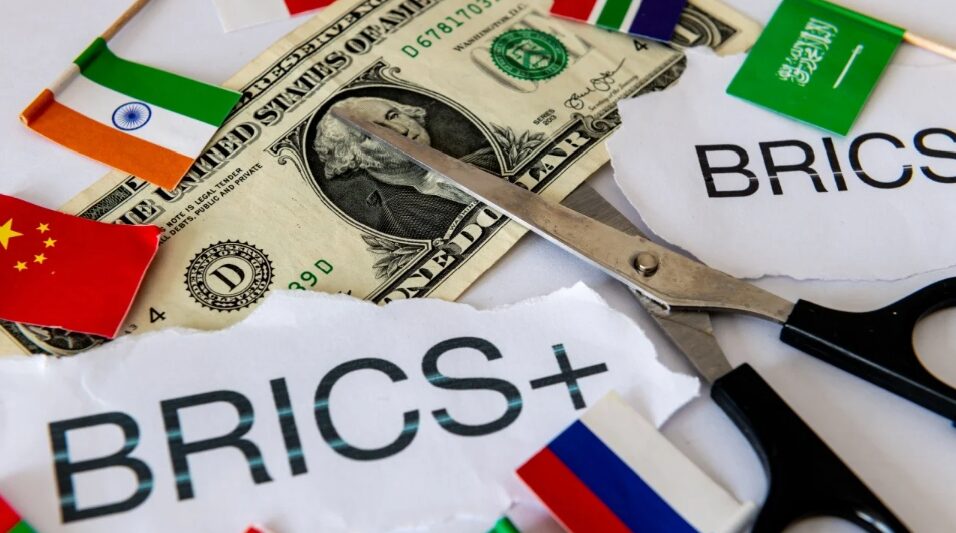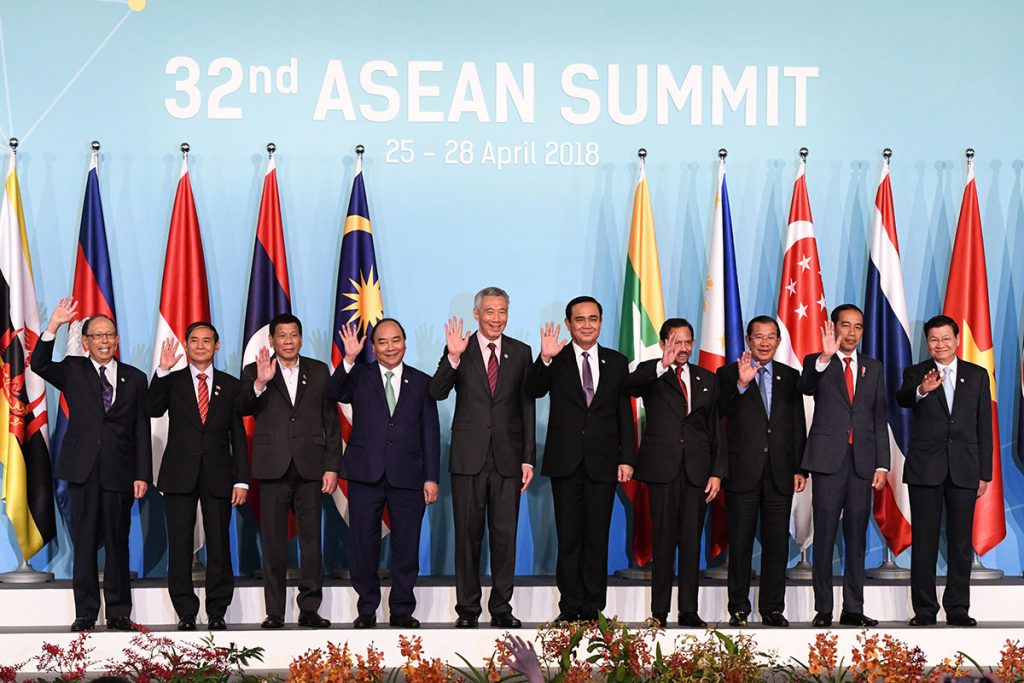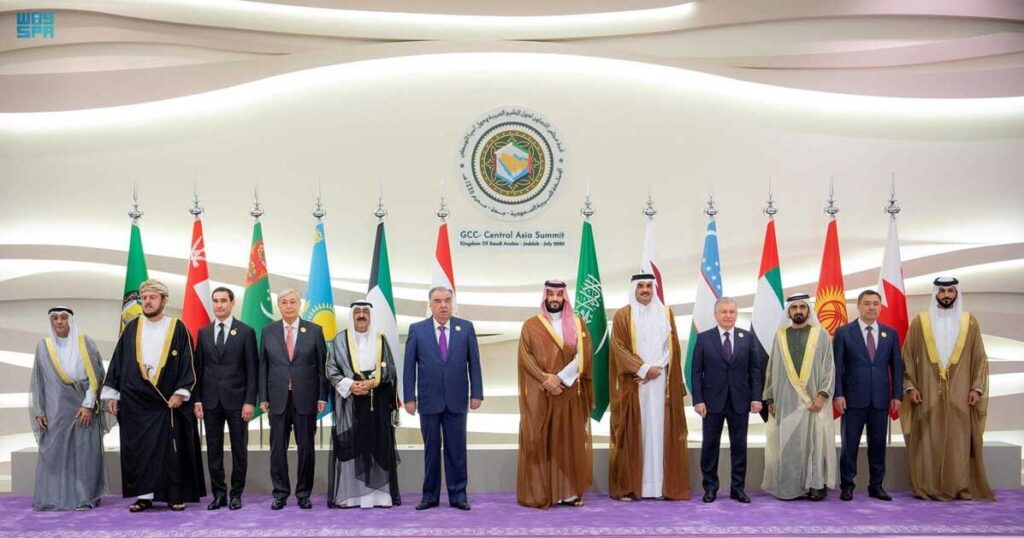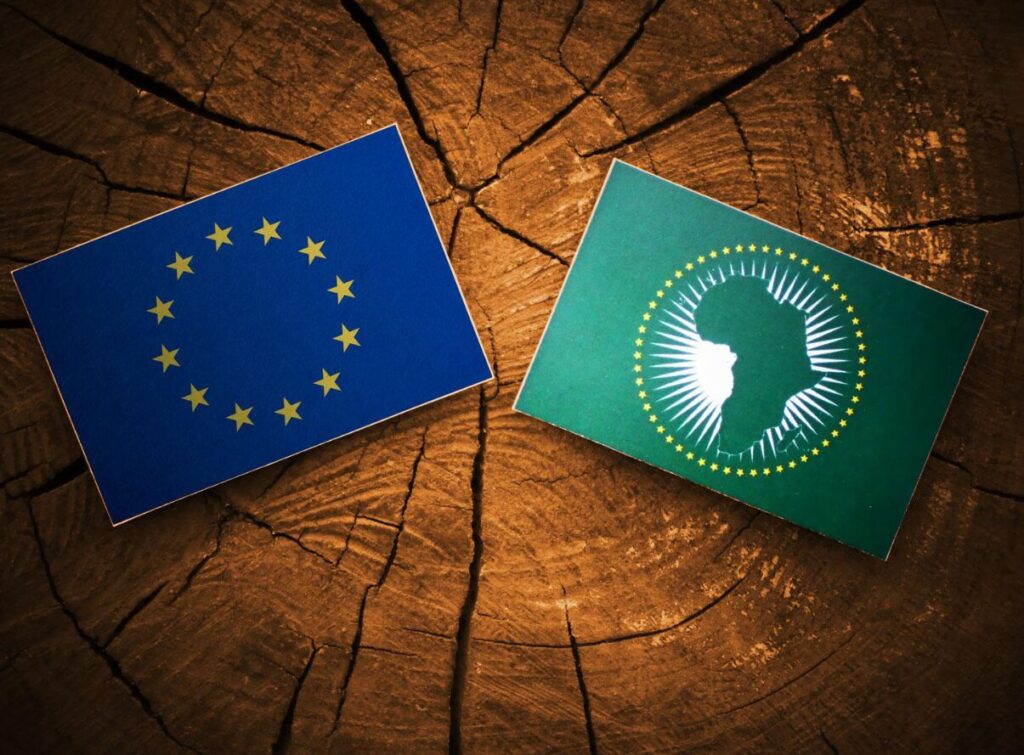De-Dollarization: 6 Global Alliances Race to Ditch the US Dollar

Share:
De-dollarization trends have accelerated in recent months as six major economic blocs are actively working to reduce their dependence on the US dollar. This global currency shift is, right now, also reshaping international trade patterns with local currency trade becoming more and more prevalent and, also, discussions around a potential BRICS currency seem to be gaining momentum.
Also Read: BRICS: 2 Countries Plan to Launch New Currency, End US Dollar Reliance
Global Alliances Embrace Local Currencies Amid De-Dollarization Trend

The transition away from US dollar dominance can currently be observed across major regional alliances that are implementing various strategies to reduce their USD dependency. These de-dollarization efforts are being driven by, among other things, geopolitical tensions, desires for greater financial sovereignty, and the need for economic diversification in today’s changing world.
BRICS+ Leading De-Dollarization

BRICS+ nations have, at the time of writing, increased their local currency settlements from around 18% in 2020 to approximately 45% in 2024. Their USD reserves have actually fallen below 50% for the first time, with central banks increasing gold reserves by a substantial 340% between 2020-2023. China’s CIPS and Russia’s SPFS are, as of now, emerging as alternatives to SWIFT, facilitating further de-dollarization through local currency transactions.
ASEAN’s De-Dollarization Path

ASEAN has, in recent years, raised local currency trade from about 13% in 2020 to nearly 28% by 2024, with yuan reserves jumping from just 2% to around 12%. The bloc is currently integrating payment systems to reduce reliance on SWIFT, which is advancing their regional de-dollarization efforts even further.
Also Read: Trump’s Tariffs Trigger De-Dollarization – Central Banks Rush to Buy Gold at ATH!
SCO and GCC Embrace De-Dollarization

The Shanghai Cooperation Organization is presently enhancing its financial integration by adopting local currencies and also increasing gold reserves to reduce USD exposure. Meanwhile, the Gulf Cooperation Council’s de-dollarization strategy includes, among other approaches, settling oil contracts in yuan, with non-USD trade rising from a mere 2% in 2020 to about 19% in 2024.
African Union and EAEU’s Local Currency Push

The African Union currently promotes local currency trade through various AfCFTA agreements, while the Eurasian Economic Union continues to pursue aggressive de-dollarization with local currency settlements growing from approximately 29% in 2020 to around 68% in 2024. Both of these alliances are, at present, developing alternatives to SWIFT as part of their ongoing de-dollarization strategies.
Also Read: De-dollarization Fails? Analysts Reveal Why the USD Is Unstoppable!
Global Currency Shift Implications

This wave of de-dollarization is, as of now, fundamentally altering the global financial order. As these six blocs continue to reduce their USD reliance through local currency settlements and alternative payment systems, the global currency shift continues to accelerate at a notable pace. The ongoing BRICS currency discussions represent just one aspect of this broader trend toward a multipolar financial system where US dollar dominance faces unprecedented challenges in today’s economic landscape.
Sergey Glazyev, Minister in charge of Integration and Macroeconomics of the Eurasian Economic Commission, said:
“The share of national currencies in mutual settlements within the EAEU has already reached 75%. We anticipate a complete transition to national currencies in mutual trade.”
Lesetja Kganyago, Governor of the South African Reserve Bank, had this to say:
“De-dollarization is not about being anti-dollar. It’s about creating a more resilient international monetary system that reflects the reality of a multipolar world.”
As the dollar is left behind, the global financial landscape will most likely become increasingly diversified across time, with far-reaching implications for international trade, investment patterns, and also geopolitical relationships in this new era of expanded local currency trade and the diminished US dollar dominance.
Also Read: De-Dollarization: Cuba’s Dollar Stores and Trump’s Battle for Economic Power
De-Dollarization: 6 Global Alliances Race to Ditch the US Dollar

Share:
De-dollarization trends have accelerated in recent months as six major economic blocs are actively working to reduce their dependence on the US dollar. This global currency shift is, right now, also reshaping international trade patterns with local currency trade becoming more and more prevalent and, also, discussions around a potential BRICS currency seem to be gaining momentum.
Also Read: BRICS: 2 Countries Plan to Launch New Currency, End US Dollar Reliance
Global Alliances Embrace Local Currencies Amid De-Dollarization Trend

The transition away from US dollar dominance can currently be observed across major regional alliances that are implementing various strategies to reduce their USD dependency. These de-dollarization efforts are being driven by, among other things, geopolitical tensions, desires for greater financial sovereignty, and the need for economic diversification in today’s changing world.
BRICS+ Leading De-Dollarization

BRICS+ nations have, at the time of writing, increased their local currency settlements from around 18% in 2020 to approximately 45% in 2024. Their USD reserves have actually fallen below 50% for the first time, with central banks increasing gold reserves by a substantial 340% between 2020-2023. China’s CIPS and Russia’s SPFS are, as of now, emerging as alternatives to SWIFT, facilitating further de-dollarization through local currency transactions.
ASEAN’s De-Dollarization Path

ASEAN has, in recent years, raised local currency trade from about 13% in 2020 to nearly 28% by 2024, with yuan reserves jumping from just 2% to around 12%. The bloc is currently integrating payment systems to reduce reliance on SWIFT, which is advancing their regional de-dollarization efforts even further.
Also Read: Trump’s Tariffs Trigger De-Dollarization – Central Banks Rush to Buy Gold at ATH!
SCO and GCC Embrace De-Dollarization

The Shanghai Cooperation Organization is presently enhancing its financial integration by adopting local currencies and also increasing gold reserves to reduce USD exposure. Meanwhile, the Gulf Cooperation Council’s de-dollarization strategy includes, among other approaches, settling oil contracts in yuan, with non-USD trade rising from a mere 2% in 2020 to about 19% in 2024.
African Union and EAEU’s Local Currency Push

The African Union currently promotes local currency trade through various AfCFTA agreements, while the Eurasian Economic Union continues to pursue aggressive de-dollarization with local currency settlements growing from approximately 29% in 2020 to around 68% in 2024. Both of these alliances are, at present, developing alternatives to SWIFT as part of their ongoing de-dollarization strategies.
Also Read: De-dollarization Fails? Analysts Reveal Why the USD Is Unstoppable!
Global Currency Shift Implications

This wave of de-dollarization is, as of now, fundamentally altering the global financial order. As these six blocs continue to reduce their USD reliance through local currency settlements and alternative payment systems, the global currency shift continues to accelerate at a notable pace. The ongoing BRICS currency discussions represent just one aspect of this broader trend toward a multipolar financial system where US dollar dominance faces unprecedented challenges in today’s economic landscape.
Sergey Glazyev, Minister in charge of Integration and Macroeconomics of the Eurasian Economic Commission, said:
“The share of national currencies in mutual settlements within the EAEU has already reached 75%. We anticipate a complete transition to national currencies in mutual trade.”
Lesetja Kganyago, Governor of the South African Reserve Bank, had this to say:
“De-dollarization is not about being anti-dollar. It’s about creating a more resilient international monetary system that reflects the reality of a multipolar world.”
As the dollar is left behind, the global financial landscape will most likely become increasingly diversified across time, with far-reaching implications for international trade, investment patterns, and also geopolitical relationships in this new era of expanded local currency trade and the diminished US dollar dominance.
Also Read: De-Dollarization: Cuba’s Dollar Stores and Trump’s Battle for Economic Power









